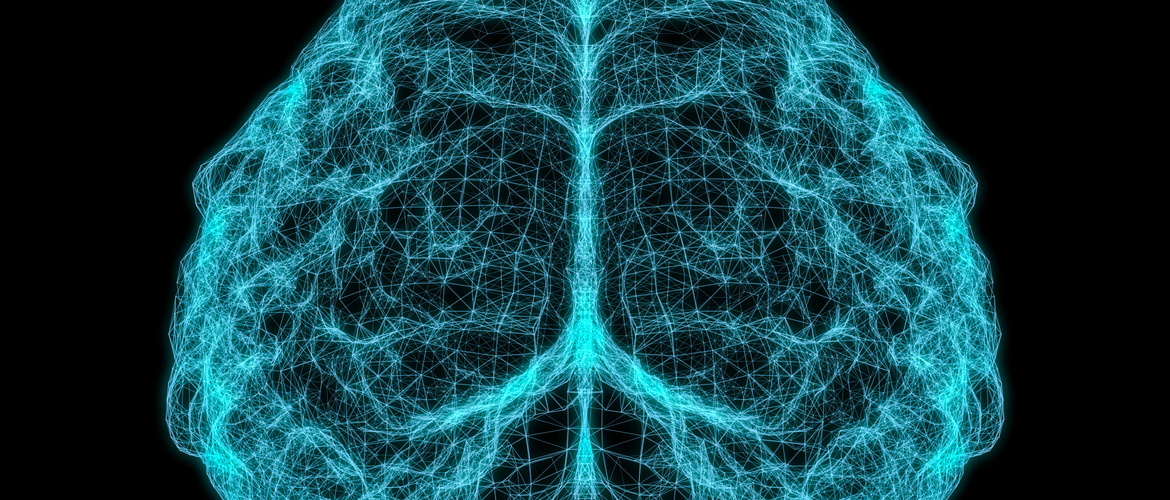
Choose a channel
Check out the different Progress in Mind content channels.

Progress in Mind

Resting state functional MRI of the brain is providing fascinating insights into the connectivity within and between brain networks in psychosis and during effective antipsychotic therapy. The latest research — suggesting that striatal functional connectivity could be a prognostic biomarker for response to antipsychotic therapy; and showing decreased frontoparietal network connectivity and greater variance in the ventral attention-frontoparietal networks in early psychosis — was presented by experts from the United States and The Netherlands at IEPA 11.
The first episode of psychosis may be the most critical period in the life of an individual with schizophrenia, said Anil Malhotra, Professor of Molecular Medicine and Psychiatry, Hofstra/Northwell, NY.
Understanding the key mechanisms that influence antipsychotic response promises to improve outcomes
Effective antipsychotic therapy targets the striatum in the basal ganglia of the forebrain. Using resting state functional magnetic resonance images (rsfMRI), Professor Malhotra and his team have shown that as psychosis improves in first episode schizophrenia patients treated with second generation antipsychotics functional connectivity increases between the striatum and:
Such increased connectivity might be a biomarker for response to antipsychotic therapy, suggested Professor Malhotra.
Antipsychotic response is associated with increased functional connectivity between the striatum and prefrontal and limbic brain
Professor Malhotra and his team therefore computed a striatal connectivity index (SCI) derived from the connectivity in 91 brain regions shown to be functionally connected to the striatum using rsfMRI and to provide significant prognostic information.
The SCI computed for 41 first-episode schizophrenia patients and an independent cohort of 40 newly hospitalized chronic patients with acute psychosis showed a significant:
Justin Baker, Assistant Professor of Psychiatry, Harvard Medical School, MA, and his colleagues have previously provided evidence for disrupted processing of cortical information in psychosis.3
But how does the brain dysconnectivity reported in individuals with first episode and chronic psychosis emerge and progress and how does it relate to symptoms, asked Professor Baker. And how does the biological variation give rise to behavioral variation?
Frontoparietal connectivity is decreased in both early and chronic psychosis
To address these questions, Professor Baker and his colleagues have collected rsfMRI, clinical and cognitive data at baseline and at 1 and 2 years follow-up from patients with bipolar disorder with psychosis, schizoaffective disorder, and schizophrenia compared to healthy controls.
Initial analyses of their new data indicate that first episode patients show the same reduction in frontoparietal connectivity as in chronic psychosis.
Tom Hummer, Assistant Research Professor of Psychiatry, Indiana University School of Medicine, highlighted how network analyses can be used to understand dysconnectivity. Interactions in these networks may provide insights into disruptions during the early stages of psychosis, he said.
Between network connections may be more vulnerable to metabolic stress
To distinguish the network characteristics of functional connectivity in early psychosis both within and between distinct brain networks, Professor Hummer and his colleagues carried out rsfMRI on 56 patients within 4 years of starting treatment and 32 matched controls. The analyses revealed:
Professor Hummer suggested that the metabolic demands may be greater for connections between networks than for shorter within-network connections, and that between network connections may therefore be more vulnerable in illnesses such as schizophrenia that are adversely affected by metabolic stress.